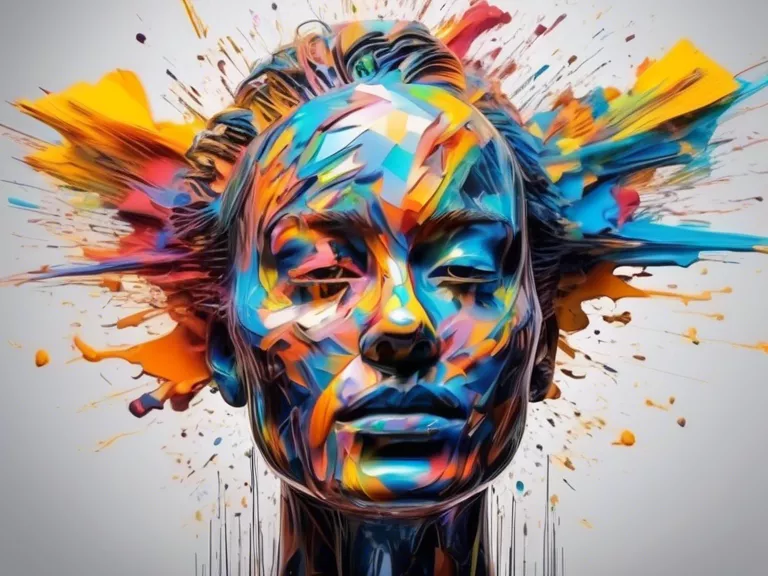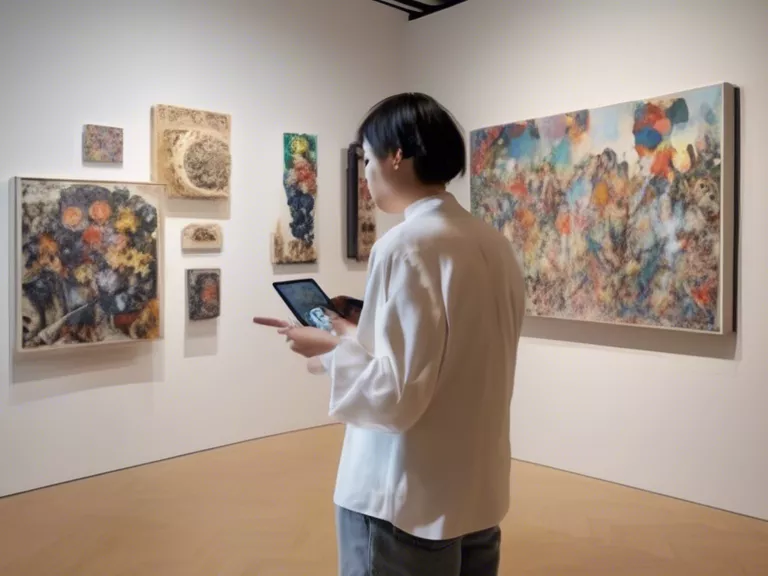
Introduction
In recent years, the intersection of art and technology has given rise to a new wave of immersive digital innovations that are reshaping the landscape of art culture. These cutting-edge technologies are revolutionizing how people experience and interact with art, opening up new possibilities for creativity, engagement, and expression. From virtual reality (VR) to augmented reality (AR) to interactive installations, artists and technologists are pushing the boundaries of traditional art forms and creating immersive experiences that captivate audiences around the world.
Virtual Reality (VR) Art
Virtual reality has emerged as a powerful tool for artists to create immersive and interactive experiences that transport viewers to new worlds and perspectives. VR art allows artists to craft three-dimensional environments that can be explored and experienced in 360 degrees, blurring the lines between the physical and digital realms. By putting on a VR headset, viewers can step inside a painting, sculpture, or installation, allowing for a deeper level of engagement and emotional connection with the artwork.
Augmented Reality (AR) Installations
Augmented reality merges the digital and physical worlds by overlaying digital content onto the real world environment. AR installations have gained popularity in galleries and museums, offering visitors a unique way to interact with art pieces. By using a smartphone or tablet, viewers can see digital elements superimposed onto physical artworks, bringing them to life in new and unexpected ways. AR technology enhances the viewing experience by providing additional context, information, and interactive features that engage and educate audiences.
Interactive Art Installations
Interactive art installations invite viewers to actively participate and engage with the artwork, blurring the lines between creator and audience. These installations often incorporate sensors, motion detection, and other technologies to respond to viewers' movements, gestures, and interactions. By encouraging participation and exploration, interactive installations create a sense of agency and co-creation, allowing viewers to shape their own unique experiences within the artwork. This form of art challenges traditional notions of passive observation and invites viewers to become active participants in the creative process.
Digital Projection Mapping
Digital projection mapping transforms static surfaces into dynamic, immersive canvases for artists to showcase their work in new and innovative ways. By projecting images and animations onto buildings, sculptures, and other structures, artists can create mesmerizing visual spectacles that captivate audiences and transform urban landscapes. Projection mapping allows for large-scale, site-specific artworks that interact with the architectural features of the environment, blurring the boundaries between art and space. This technology has been used in public art installations, cultural events, and advertising campaigns to create memorable and impactful experiences for viewers.
Conclusion
Immersive digital innovations are redefining the way we engage with art, pushing the boundaries of creativity and interactivity. Virtual reality, augmented reality, interactive installations, and projection mapping are just a few examples of the technologies shaping the future of art culture. By embracing these digital tools, artists are able to create immersive experiences that resonate with audiences in powerful and transformative ways. As technology continues to evolve, the possibilities for merging art and technology are endless, promising a future where art is more accessible, engaging, and immersive than ever before.

